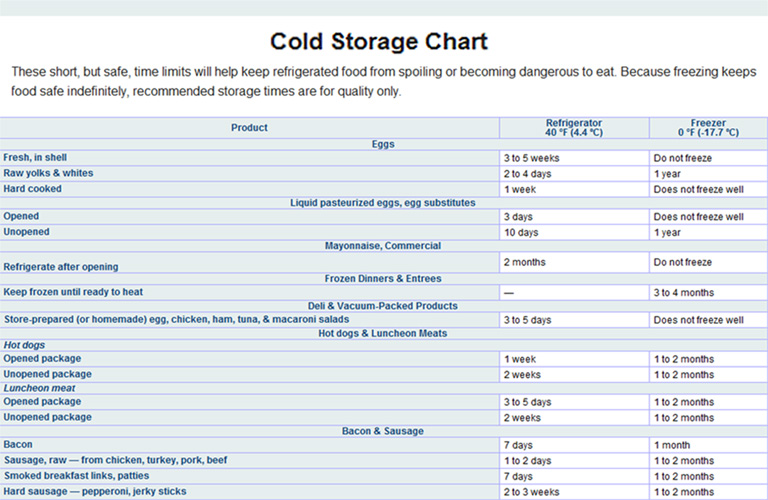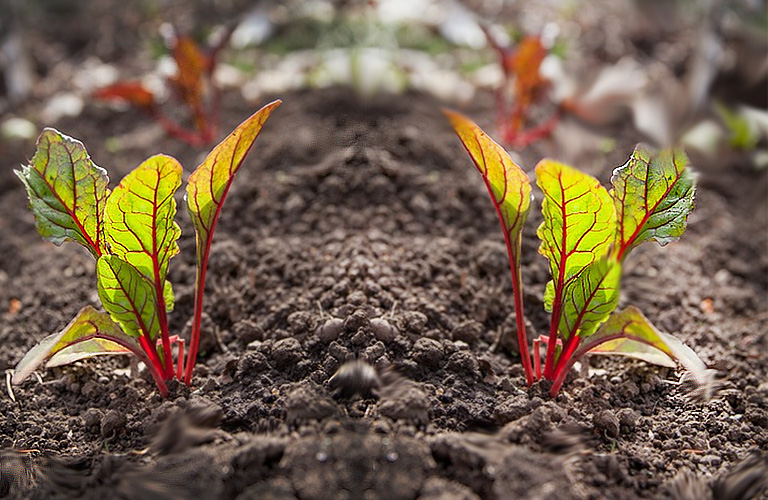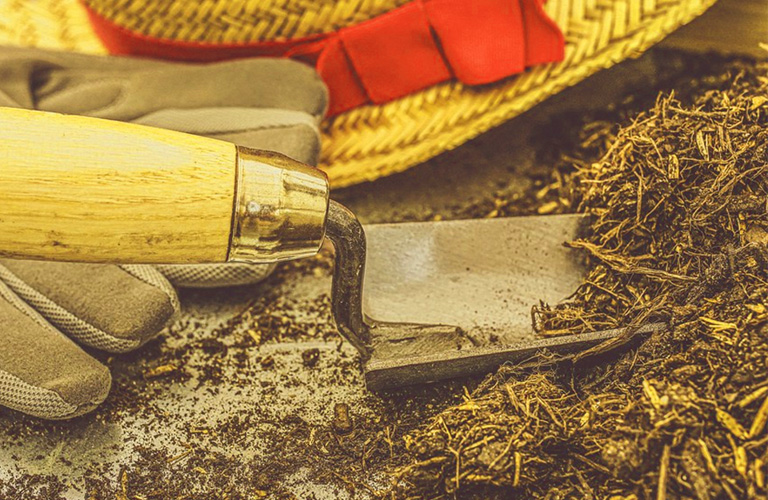What You Should Know
The most food poisonings are caused by temperature abuse during the storage of hazardous foods.
Bacteria grow best in the temperature range between 39 °F and 140 °F (4 ºC and 60 ºC). Temperature below 39 °F (4 ºC), and temperature between 140 °F and 165 °F (60 ºC and 74 ºC), will not kill bacteria, but it will not allow them to multiply enough times to cause an illness. In order to kill pathogenic bacteria you need temperatures above 165 °F (74 ºC).
Bacterial intoxication will typically have shorter incubation period than infection (with sudden onset), which usually only lasts one day and fever is rarely present.
Never choose meat or poultry in packaging that is torn or leaking. Do not buy food past "Sell-By," "Use-By," or other expiration dates.
Meat and poultry defrosted in the refrigerator may be refrozen before or after cooking. If thawed by other methods, cook before refreezing.
Discard any food left out at room temperature for more than 2 hours -- 1 hour if the temperature was above 90 °F (32.2 ºC).









